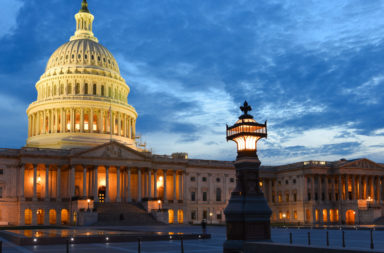The USS Lassen (DDG-82-here a photo during an earlier exercise in the South China Sea), an Arleigh Burke-class guided missile destroyer of the United States Navy, has conducted a transit within 12 nautical miles (22.2 km) of the Subi and Mischiefs reefs of the Spratly Islands in the South China Sea early morning of October 26th, 2015.
The islands are being claimed by Beijing as part of a larger push to cement China’s presence in the region.
China’s reaction was clear.
Only 24 hours later, the Global Times accused the United States of provoking China.
“In the face of the US harassment, Beijing should deal with Washington tactfully and prepare for the worst.This can convince the White House that China, despite its unwillingness, is not frightened to fight a war with the US in the region, and is determined to safeguard its national interests and dignity”,.the newspaper wrote.
The People’s Liberation Army Daily argued in a comment:
“Cast-iron facts show that time and again the United States recklessly uses force and starts wars, stirring things up where once there was stability, causing the bitterest of harm to those countries directly involved.”
China has warned the U.S. several times about „making trouble“ near this artificial island, which is controlled by Beijing.
A spokesman for the foreign ministry in Beijing said that China was “strongly dissatisfied” with America’s actions which are „a threat to China’s sovereignty“, adding that the USS Lassen had „illegally entered Chinese waters“.
China has summoned the US ambassador, Max Baucus, to the Foreign Ministry over the incident. He was told that ” the United States should stop “threatening Chinese sovereignty and security interests.”
Furthermore the Chinese foreign ministry let it be known that further “provocative actions” might lead to the Chinese speeding up “relevant construction activities.”
Two Chinese war ships followed the USS Lassen.The missile destroyer Lanzhou and the patrol boat Taizhou had warned the American ship to leave the disputed waters.
China shares maritime boundaries with nine neighboring states, including Taiwan. None of which are legally settled. The practice of erecting artificial island at sea on some lonely coral reefs is part of a Chinese strategy to strengthen China’s claim over the South China Sea, with its significant natural resources.
The confrontation happened only weeks after the United states and twelve Pacific Rim countries came to an agreement on the Trans-Pacific Partnership (TPP), a proposed trade agreement that is widely believed to significantly shift the attention of the US navy further towards the Pacific. Part of a larger policy that intends to pivot the focus of US foreign policy towards Asia, TPP was first conceived of during Hillary Clinton’s tenure as Secretary of State. Whether or not Mrs Clinton makes it to the White House come 2016, it is likely that we will see many more instances of China and the US clashing in the South China Sea in the future.
While China aims for regional hegemony, the United States wants to promote an ‘open sea’ policy.
This is just the start of a broader confrontation and power-play between the rising China and traditional American power in Asia, now at sea as well.




